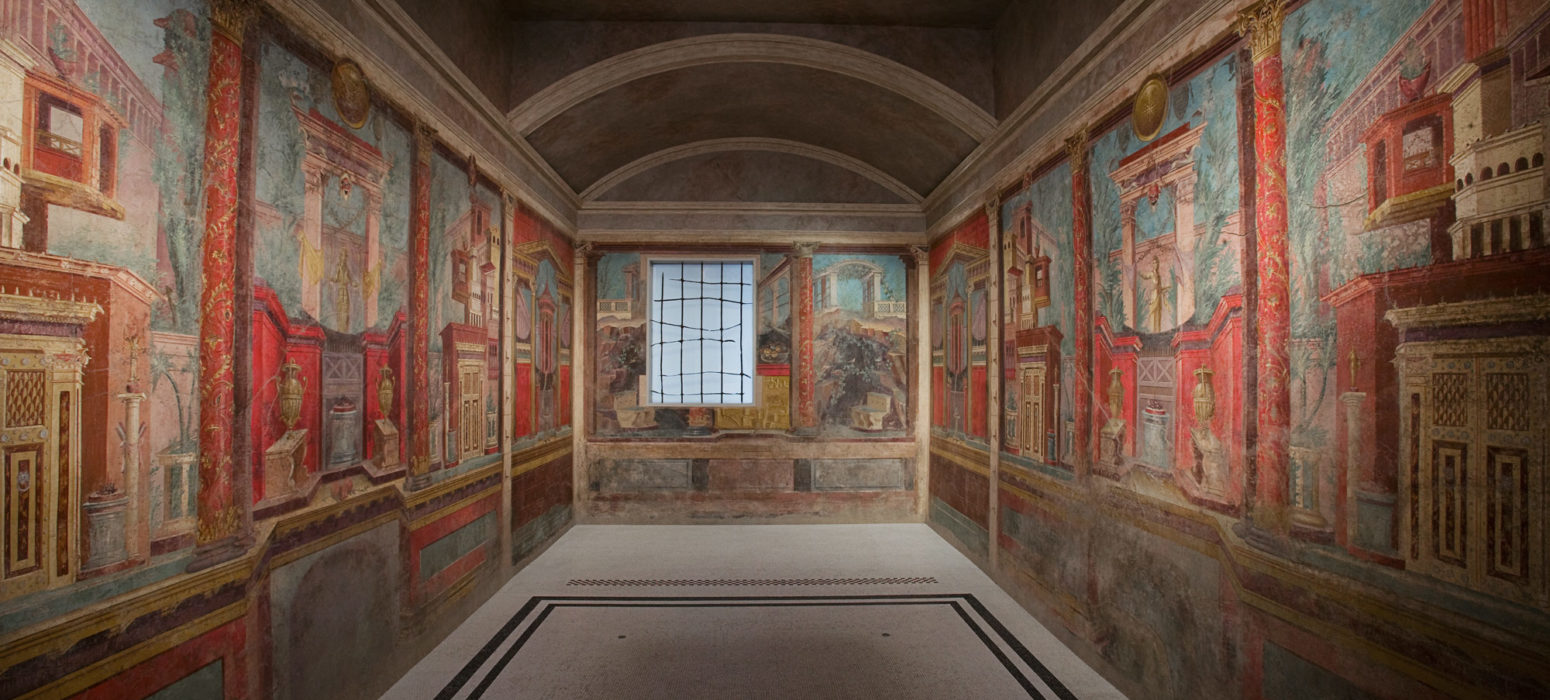
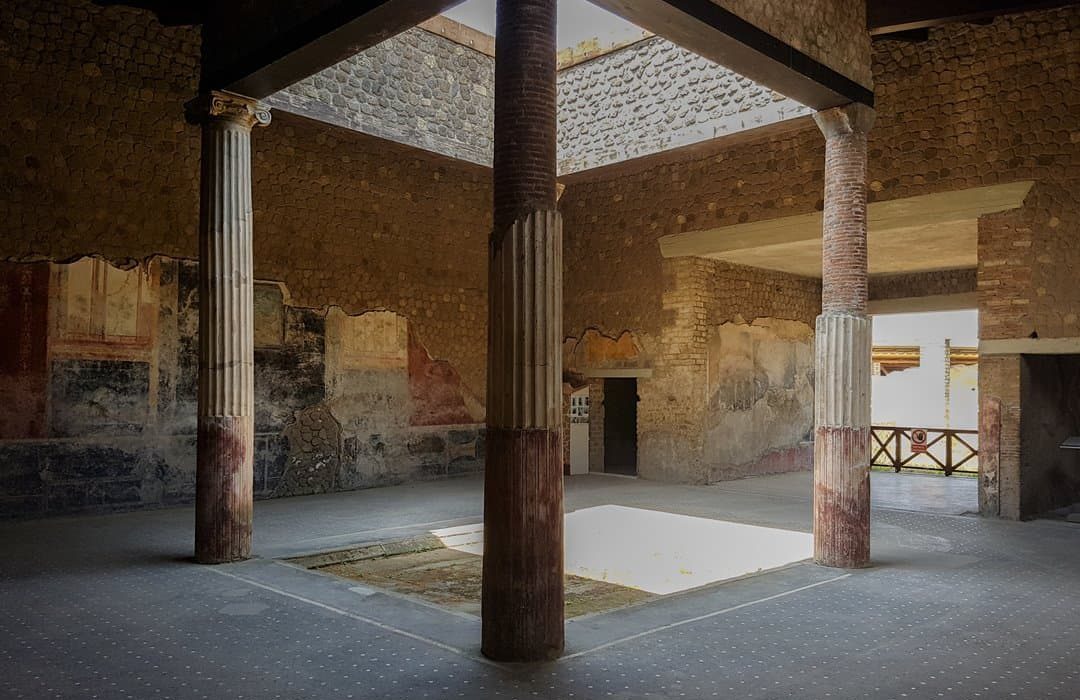
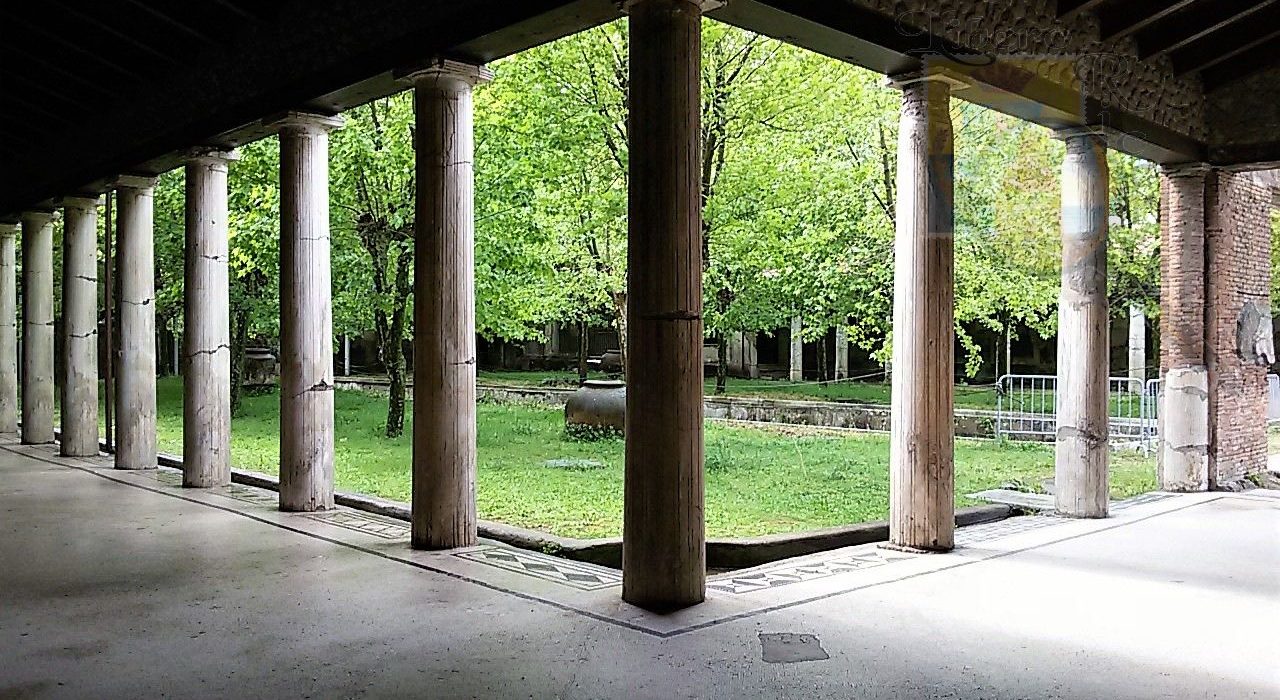
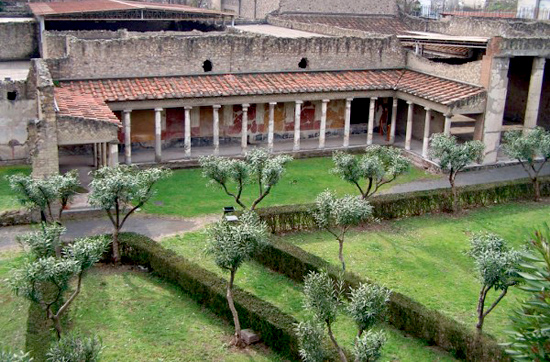
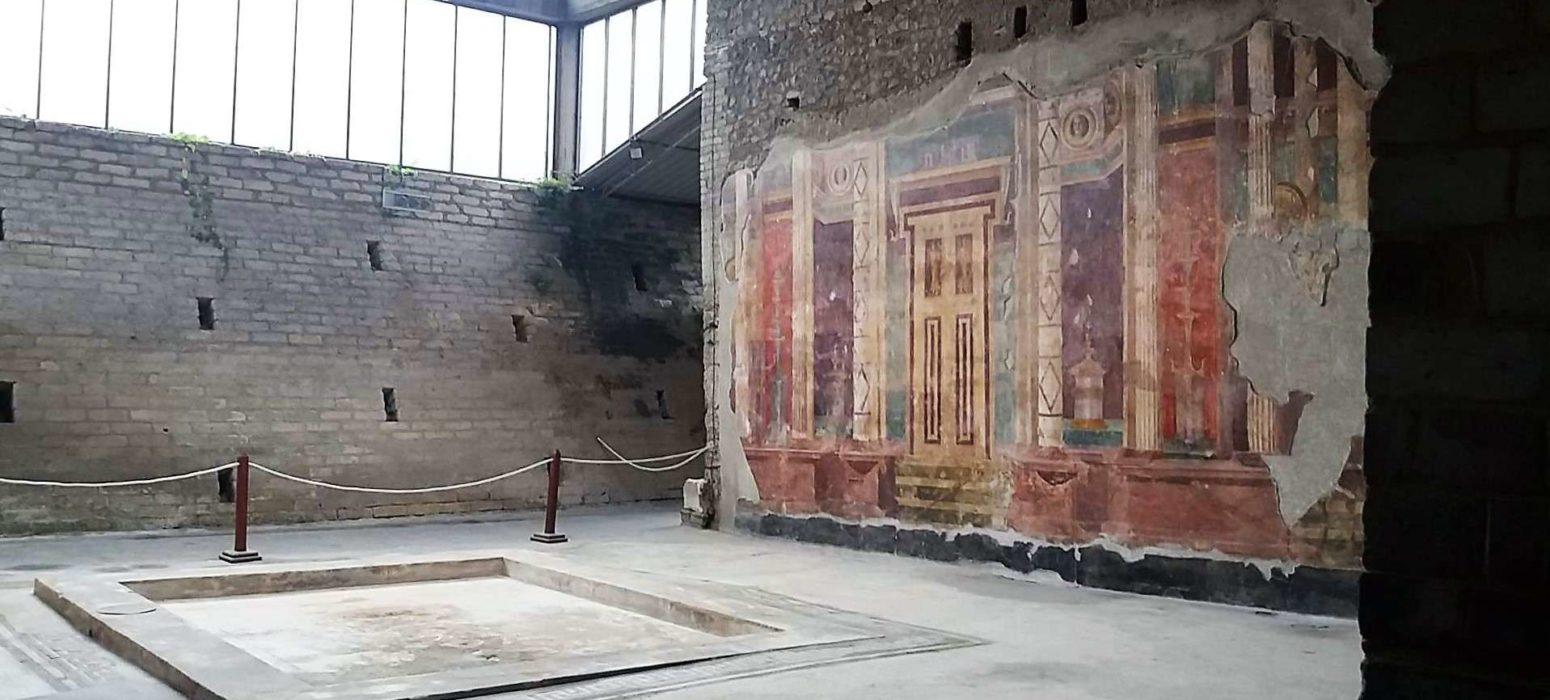
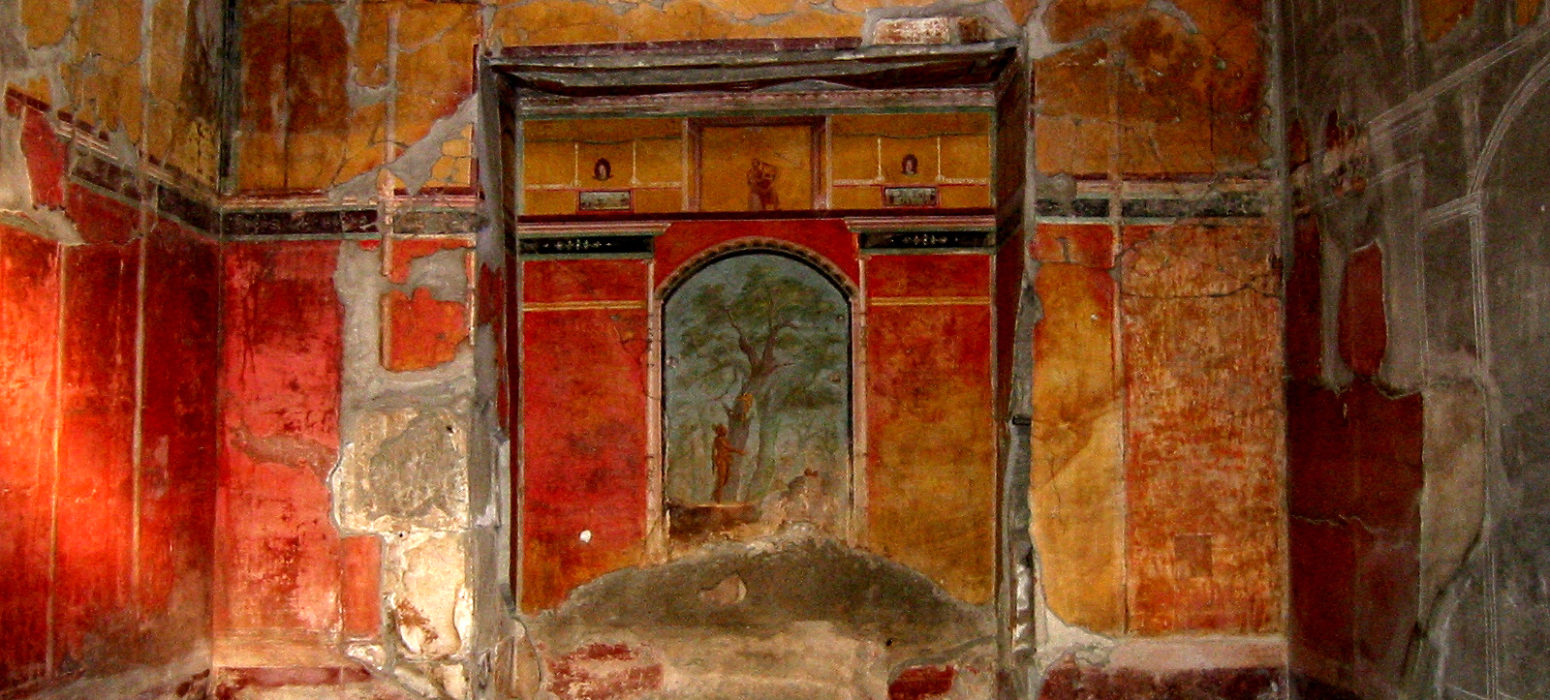
Do not hesitage to give us a call. We are an expert team and we are happy to talk to you.
+39 333 1908044
info@toursamalficoast.com
approximately 8 hours
Stabiae was an ancient Roman town, located close to the modern town of Castellammare di Stabia approximately 4.5 km southwest of Pompeii. It was positioned on a 50 m high headland overlooking the Gulf of Naples.Being only 16 kilometres (9.9 mi) from Mount Vesuvius, this seaside resort was largely destroyed by two metres of tephra ash in 79 AD.
Originally a small port, by the 6th century BC Stabiae had already been overshadowed by the much larger port at Pompeii. The town was destroyed by Lucius Cornelius Sulla on 30 April 89 BC during the Social War, a revolt by many of Rome’s allies in the area. The Roman author and admiral Pliny the Elder recorded that the town was rebuilt and became a popular resort for wealthy Romans. He reported that there were several miles of luxury villas built along the edge of the headland, all enjoying panoramic views out over the bay.
The site of Oplontis is in the middle of the modern town of Torre Annunziata.
The name Oplontis is only known to us from the PeutingerianaTabula , a 13th century copy of an ancient map showing the road network in Italy at the time of the Roman Empire. On the map the toponym Oplontis refers to some buildings between Pompeii and Herculaneum.This name was given to a series of archaeological finds which in actual fact stood on the outskirts ofPompeii: a residential villa, known as the ‘Villa of Poppea’; a rustic villa, attributed to L. Crassius Tertius, in which were found the bodies of numerous victims of the eruption and also a large hoard of gold and silver coins, as well as valuable gold jewellery, and a bathing establishment , nearby the Oncino, beneath what is now the Terme Nunziante, attributed by the archaeologist A. Maiuri to the consul Marcus Crassus Frugi.The main monument, and the only one open to the public, is the Villa of Poppea, inserted in the “Patrimony of Humanity” of the UNESCO: it is a grand residence dating from the middle of the 1st century BC. It had been enlarged during Imperial times and was undergoing restoration work at the time of the eruption. There are various grounds for attributing it to Poppaea Sabina, the Emperor Nero’s second wife, and it was undoubtedly part of the estates of the Imperial family.
Villa Boscoreale is an ancient Roman villa located in the town of Boscoreale, about one and a half kilometers north of Pompeii, southwest of Vesuvius, in Campania, southern Italy. This area was a hunting reserve and also used agriculturally, specializing in wine and olive oil. Evidence in tablets and graffiti shows that the house was probably built in the 1st century (around 30-40) BC. The villa was largely destroyed and entirely buried burned by the eruption of Mount Vesuvius in AD 79. It was privately discovered, excavated, partially dismantled and reburied in 1900. Its auctioned images exist in a number of museums, internationally.
Tour can be reserved as a private tour or you can create a group or we will help to find fellow passengers to share the tour and costs. The proposed itinerary is only a suggestion, the vehicle and English speaking driver is basically yours for the tour. If you would like to visit alternative towns please email and we will create an itinerary together to suit you
| Cookie | Durata | Descrizione |
|---|---|---|
| cookielawinfo-checkbox-analytics | 11 months | Questo cookie è impostato da GDPR Cookie. Il cookie viene utilizzato per memorizzare il consenso dell'utente per i cookie nella categoria "Analisi". |
| cookielawinfo-checkbox-functional | 11 months | Il cookie è impostato dal GDPR cookie consenso per registrare il consenso dell'utente per i cookie nella categoria "Funzionali". |
| cookielawinfo-checkbox-necessary | 11 months | Questo cookie è impostato da GDPR Cookie. I cookie vengono utilizzati per memorizzare il consenso dell'utente per i cookie nella categoria "Necessari". |
| cookielawinfo-checkbox-others | 11 months | Questo cookie è impostato da GDPR Cookie. Il cookie viene utilizzato per memorizzare il consenso dell'utente per i cookie nella categoria "Altro. |
| cookielawinfo-checkbox-performance | 11 months | Questo cookie è impostato da GDPR Cookie. Il cookie viene utilizzato per memorizzare il consenso dell'utente per i cookie nella categoria "Prestazioni". |
| viewed_cookie_policy | 11 months | Il cookie è impostato dal plugin GDPR Cookie Consent e viene utilizzato per memorizzare se l'utente ha acconsentito o meno all'uso dei cookie. Non memorizza alcun dato personale. |